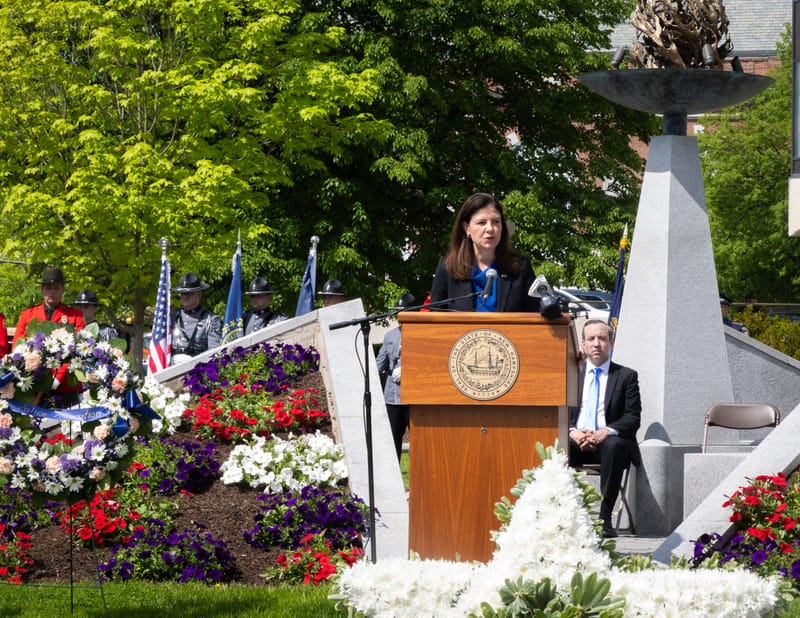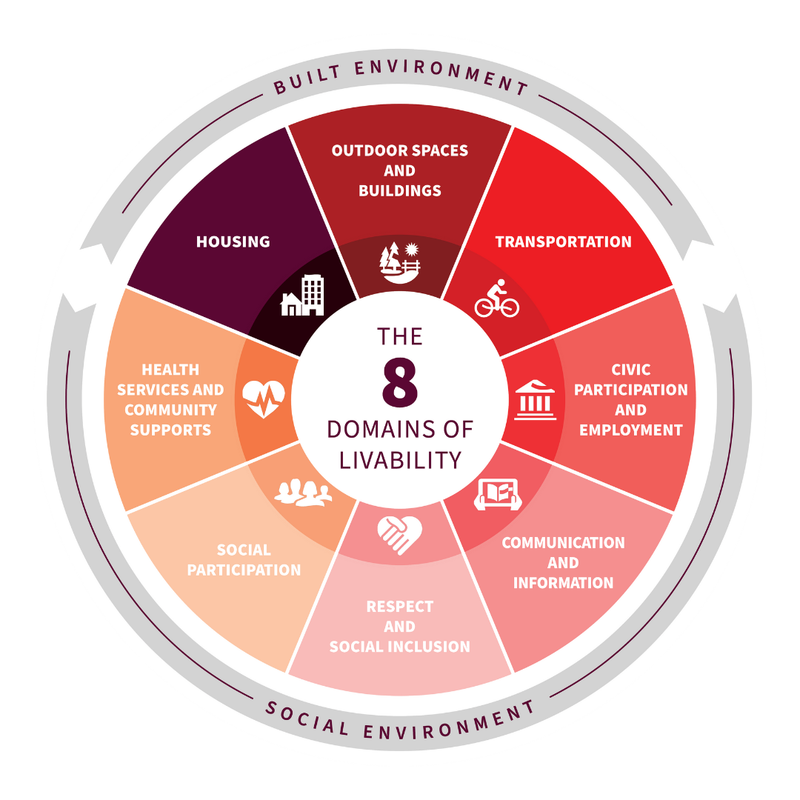Protest! Protest! Protest! Our right to peaceably protest!
Cases such as what is happening in Bow highlight the importance of the First Amendment, and its relevance to our everyday lives. I fully support the right of the People to peaceably protest, but I DO NOT support violence, blockades, or the destruction of other people’s property.
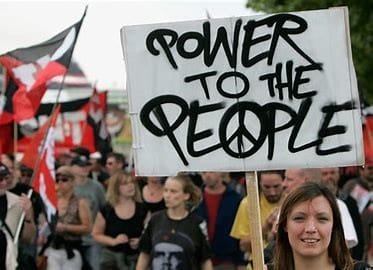

On September 17 a group of parents showed up to the Bow High School vs. Plymouth Regional High School girls soccer game wearing bright pink wristbands with ‘XX’ printed on them. The parents were supporting their daughters, (who play for Bow), because they were playing against a team, (Plymouth), with a biological male player.
The parents were subsequently given “no trespass” orders by Bow High School, which means that they are banned from any buildings, grounds, or property owned by the Bow School District for a specified length of time. (Three parents and a grandparent of a Bow High athlete have since sued the school district in Federal Court for violating their First Amendment rights).
No matter how one feels about the inclusion of biological males on all-female sports teams, this is not a case of discrimination against transgender athletes, this is a case of our right to peaceably protest, regardless of our feelings or court decisions. It does not matter if it is a law, a court decision, or whether or not we like it, the First Amendment guarantees our right to peaceably protest.
Cases such as what is happening in Bow highlight the importance of the First Amendment, and its relevance to our everyday lives. I fully support the right of the People to peaceably protest, but I DO NOT support violence, blockades, or the destruction of other people’s property.
Here are some thoughts:
Historical Significance of the Right to Protest
The right to peacefully protest finds its roots in America’s colonial history. Early American settlers experienced governmental oppression and sought the freedom to express their discontent with the British monarchy. This historical context informed the drafting of the First Amendment in 1791, which includes five essential freedoms: speech, press, religion, petition, and assembly. Among these, the right to peacefully assemble enables individuals to come together and express their views without fear of government retaliation or censorship.
Throughout U.S. history, protests have played a critical role in shaping the nation. From the abolitionist movement in the 19th century, calling for the end of slavery, to the suffrage movement securing women’s right to vote, peaceful assembly has been the vehicle through which marginalized voices have demanded justice. The Civil Rights Movement in the 1960s is perhaps one of the most prominent examples of peaceful protests that led to significant legislative changes. Leaders like Martin Luther King Jr. championed nonviolent resistance, using peaceful demonstrations as a means to highlight racial injustice and galvanize public opinion. These protests, including the 1963 March on Washington and the Selma to Montgomery marches, were pivotal in the eventual passage of the Civil Rights Act of 1964 and the Voting Rights Act of 1965.
Legal Framework: Understanding the First Amendment
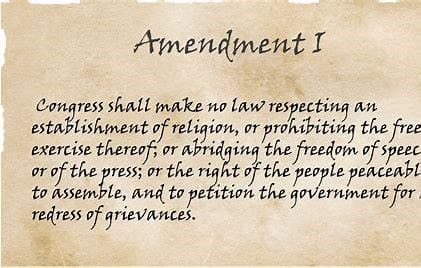
The First Amendment states, in part:
“Congress shall make no law…abridging the freedom of speech, or of the press; or the right of the people peaceably to assemble, and to petition the Government for a redress of grievances.”
This text guarantees that the government cannot prevent individuals from gathering to express their opinions, as long as the protest remains peaceful.
However, this right is not absolute. Over time, courts have had to define the boundaries of peaceful assembly. Governments may impose certain restrictions on the time, place, and manner of protests to ensure public safety and order. For instance, a city may require permits for large gatherings or limit protests in certain areas, such as near sensitive government buildings. Nevertheless, these regulations must be content-neutral and cannot discriminate based on the message of the protest. Any restrictions must serve a significant governmental interest, and there must be alternative channels for protestors to communicate their messages.
Recent Cases Upholding the Right to Peaceful Protest
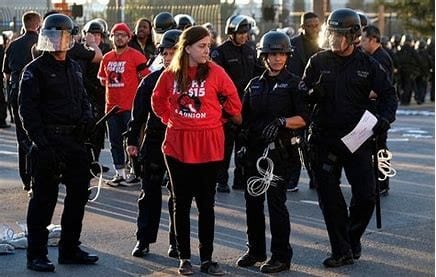
In recent years, several key legal battles have underscored the importance of the First Amendment’s protection of peaceful protests. These cases highlight the ongoing relevance of this right and how courts continue to navigate the tensions between protestors’ freedoms and government regulation.
- Mahanoy Area School District v. B.L. (964 F. 3d 170) [2021]
Although this case primarily dealt with free speech, it reinforces the principle that government actors, including schools, cannot unduly suppress expression. In this case, a high school student was punished for making off-campus social media posts that criticized her school. The Supreme Court ruled in an 8-1 decision that the student’s First Amendment rights had been violated. The court emphasized that while schools have a legitimate interest in regulating on-campus speech, this interest does not extend indefinitely into all aspects of a student’s private life. Although not a protest in the traditional sense, the case represents the ongoing struggle between authorities attempting to regulate expression and individuals asserting their First Amendment rights. - National Association for the Advancement of Colored People v. Claiborne Hardware Co. (458 U.S. 886) [1982]
This older case remains relevant, as it involved the intersection of economic boycotts and peaceful protests. In Claiborne Hardware, the NAACP organized a boycott of white-owned businesses in Mississippi to protest racial discrimination. When some business owners sued, claiming that the boycott caused financial harm, the Supreme Court ruled that peaceful boycotts are a form of protected speech and assembly. This decision underscored that nonviolent protests, even when economically disruptive, are protected under the First Amendment as long as they are peaceful and not inciting violence. - Mahoney v. U.S. Capitol Police Board (Civil Action No. 21-2314) [2021] (US District Court for District of Columbia).
This case dealt with a protestor, Reverend Patrick Mahoney, who sought to hold a Good Friday prayer vigil near the U.S. Capitol in Washington, D.C., shortly after the January 6, 2021, attack. The U.S. Capitol Police denied his permit application, citing heightened security concerns in the wake of the riot. However, Mahoney argued that this was an unconstitutional restriction of his First Amendment rights. In April 2021, a federal judge ruled in favor of Mahoney, finding that the police could not impose blanket restrictions on peaceful protests simply because of the actions of others in a different context. The ruling reinforced the notion that even in times of national crisis, the government cannot unduly restrict peaceful assembly.
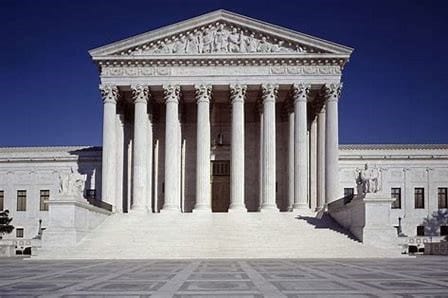
The Contemporary Relevance of the Right to Protest
In the context of recent events—such as the Black Lives Matter movement, protests surrounding the COVID-19 pandemic, and the ongoing climate change demonstrations—the right to protest remains as relevant as ever. In 2020, millions of people took to the streets to protest the killing of George Floyd, calling for police reform and racial justice. These protests, despite occasional violence from a small minority of participants, were largely peaceful. The vast scale of these demonstrations, spanning every state and numerous countries, illustrates the enduring power of peaceful protest in bringing attention to critical issues.
Moreover, protests during the COVID-19 pandemic raised important First Amendment questions about the balance between public health and the right to assemble. In cases where governments imposed restrictions on gatherings to prevent the spread of the virus, protestors argued that their rights were being infringed. While courts generally upheld temporary restrictions due to the public health crisis, they also recognized that such restrictions could not be permanent and must be narrowly tailored to serve a legitimate governmental interest.
The rise of environmental activism has also seen large-scale protests against government inaction on climate change. From the Fridays for Future movement, initiated by Greta Thunberg, to indigenous-led protests against pipeline construction, environmental activists have leveraged peaceful protests to demand immediate action on climate issues. These protests, often involving civil disobedience, have tested the boundaries of lawful assembly, as governments have sometimes responded with aggressive law enforcement tactics. However, courts continue to uphold the principle that peaceful protests, even when inconvenient or disruptive, are essential to democracy.
Challenges to the Right to Protest
Despite its strong protections, the right to peaceful assembly faces ongoing challenges. In recent years, there has been a trend toward introducing laws that seek to limit protests, particularly when they involve civil disobedience or disruptions to economic activity. Several states have passed or proposed laws that increase penalties for protestors who block highways or damage infrastructure. Critics argue that these laws, while framed as protecting public safety, are often aimed at discouraging dissent and suppressing activism, especially in movements like Black Lives Matter and climate protests.
Another challenge arises from the increasing militarization of police forces during protests. In some instances, peaceful demonstrators have been met with tear gas, rubber bullets, and other forms of aggressive crowd control. This militarized response raises concerns about the government’s ability to balance maintaining order with respecting constitutional rights. Courts are often tasked with determining whether law enforcement’s response to protests is proportionate and justifiable, and recent cases have highlighted the difficulty in striking this balance.
Conclusion
The First Amendment right to peacefully protest is a cornerstone of American democracy, allowing individuals to express dissent, demand change, and hold the government accountable. While the right is not without limits, courts have consistently upheld its fundamental importance, even in challenging times. As society faces new social, political, and environmental issues, the ability to peacefully assemble and voice collective concerns remains a crucial tool for achieving justice and reform.
In a time when government policies, civil rights, and the climate crisis dominate public discourse, the First Amendment’s protection of peaceful protest ensures that democracy remains dynamic, responsive, and inclusive. Recent court rulings have reaffirmed this right, reminding us that the voices of the people, peacefully assembled, are essential to the nation’s progress.
Any questions or comments can be sent to bchicoinemht@gmail.com.


